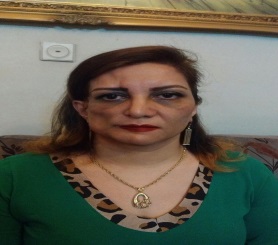
Biography
Biography: Agha M Abadi
Abstract
Hemifacial microsomia affects one in 5,600 to 20,000 births. It is primarily characterized by a diminished formation of the lower and upper jaws, resulting in facial asymmetry, usually accompanied by malformation of the ears and often combined with conductive hearing loss.
Without treatment, the functional consequences of the hypoplasticity or absence of the condyle can lead to severe facial scoliosis. Condyle replacement surgery between the ages of 10 and 12 has therefore proven to be beneficial. Before reaching the right age for surgery, the lower jaw is orthodontically guided via an articulation region. A condyle is then formed by means of an autogenous bone graft, which functionally supports the lower jaw and enables normal intercuspation to be achieved by postoperative orthodontic therapy. Different kinds of osteotomy can be used to correct the lower jaw deformity. One possible distinction is between total and segmental osteotomy.
If the hemifacial microsomia only affects the soft tissues (condyle and occlusion are intact), cheek relining is indicated, with several possible choices of technique and material.
We report the case of a 47-year-old female patient with right-sided hemifacial microsomia who achieved an esthetically optimal outcome by means of three 3 successive and interrelated procedures. These 3 techniques consisted of: 1) compensation of the deficient bone volume on the right side with 3 individually manufactured facial implants in the angle of the jaw, the chin, and the cheekbone area 2) rebasing of the cheeks with a pediculate pectoralis flap from the right side 3) lipofilling of the right side of the face with autologous fat.



